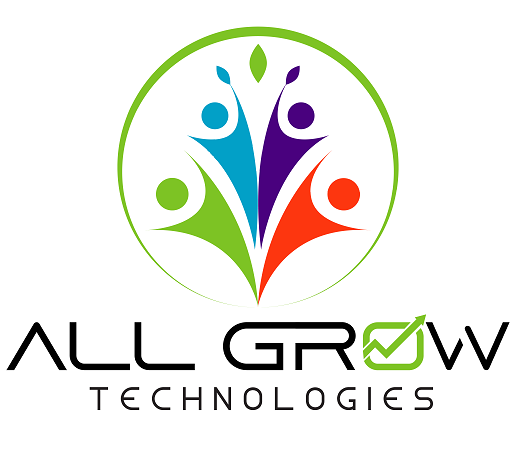Introduction To Power Automate

Introduction to Power Automate: Revolutionizing Workflow Automation
Power Automate, formerly known as Microsoft Flow, is a powerful tool that allows users to automate repetitive tasks and business processes. This essay aims to provide an introduction to Power Automate, exploring its history, types of flows, connectors, triggers, actions, and real-world use cases.
History of Power Automate
Power Automate was introduced by Microsoft in April 2016 as a part of the Office 365 suite. It aimed to provide a platform for creating automated workflows between different applications and services. Over the years, it has evolved to become a robust automation tool that integrates seamlessly with various Microsoft and third-party applications.
History of Power Automate
Power Automate was introduced by Microsoft in April 2016 as a part of the Office 365 suite. It aimed to provide a platform for creating automated workflows between different applications and services. Over the years, it has evolved to become a robust automation tool that integrates seamlessly with various Microsoft and third-party applications.
Types of Flows
Power Automate offers several types of flows to cater to different automation needs:
- Automated Flows: These run when an event triggers the flow to run. For example, in the Common Data Service, when a record is created, deleted or updated, we can tell our Flow to run.

When an Account record is created, create a new Contact record, so any time an account record is created, which is our trigger, our flow runs.

- Instant Flows: These flows don’t have a trigger in the same way as the Automated flow. Instead, they are triggered manually or on-demand, such as a user clicking a Flow button in the mobile app. If we manually trigger the flow, we can then do whatever we need to.

E.g. create a record in the Common Data Service when the user clicks a button.

- Scheduled Flows: Scheduled Flows also don’t have triggers, and run on a schedule you define, e.g. repeated every second, minute, hour, day, week, month.

E.g. create a record in the Common Data Service.

Connectors
Connectors are at the core of Power Automate, enabling seamless integration between different applications. With over 900 connectors for various services such as Microsoft 365, SharePoint, OneDrive, Salesforce, and more, users can create complex workflows that span across multiple platforms.

Triggers and Actions
Triggers are the events that initiate a flow, while actions are the tasks performed within the flow. Power Automate provides a wide range of triggers and actions, allowing users to automate tasks such as sending emails, creating tasks, updating records, and more.

Use Cases of Power Automate in the Real World
Power Automate has found widespread adoption across industries due to its versatility and ease of use. Some real-world use cases include:
- Automating Approval Workflows: Streamlining the approval process for documents, expenses, and requests.
- Data Synchronization: Integrating data between different systems and databases.
- Notification Automation: Sending automated notifications for events such as form submissions, new leads, or upcoming deadlines.
- Social Media Management: Automating social media posts and engagement activities.
In conclusion, Power Automate is a game-changer in the realm of workflow automation, offering a user-friendly interface coupled with robust capabilities. Its ability to connect with a multitude of applications and streamline business processes makes it a valuable asset for organizations looking to improve efficiency and productivity.
For more details like this please follow our company LinkedIn page where you will get all the new updates
every week:
https://www.linkedin.com/company/allgrow-technologies-pvt-ltd/mycompany/
or you can write us at contact@allgrowtech.com
By Ameen. A
Author
